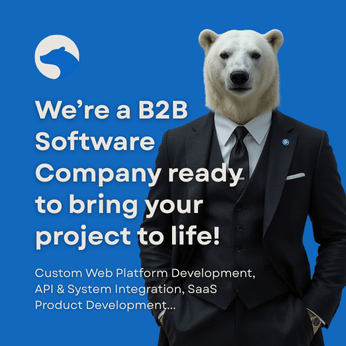Just when you need us most!
B2B Software Company making your B2B Demand Generation more Effective.
For businesses
big and small.

Be our guest!
Hey! You are invited to test our B2B demand generation solutions.
Driving B2B Growth Through Software Innovation.
We create innovative applications for growing companies.
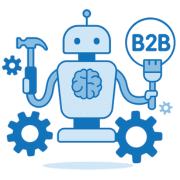
AI-Powered Tools to Accelerate B2B Demand Generation
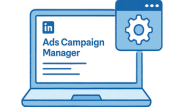
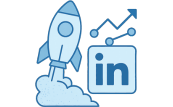
Performance-Driven Integrations for LinkedIn Marketing and Ads Campaign Manager
What a B2B Software Company does?
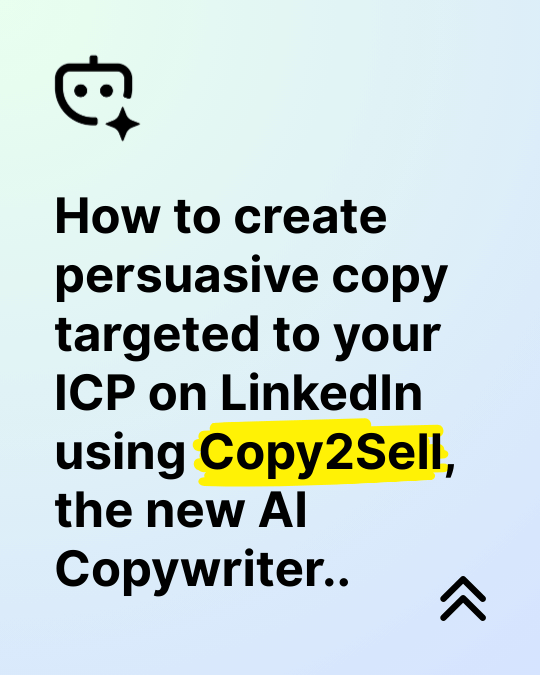
Copy2Sell
Copy2Sell is a free AI-powered tool that helps B2B marketers generate high-converting LinkedIn ad copy — fast.
Built for performance and simplicity, you can test, optimize, and scale your campaigns without relying on agencies or wasting time.
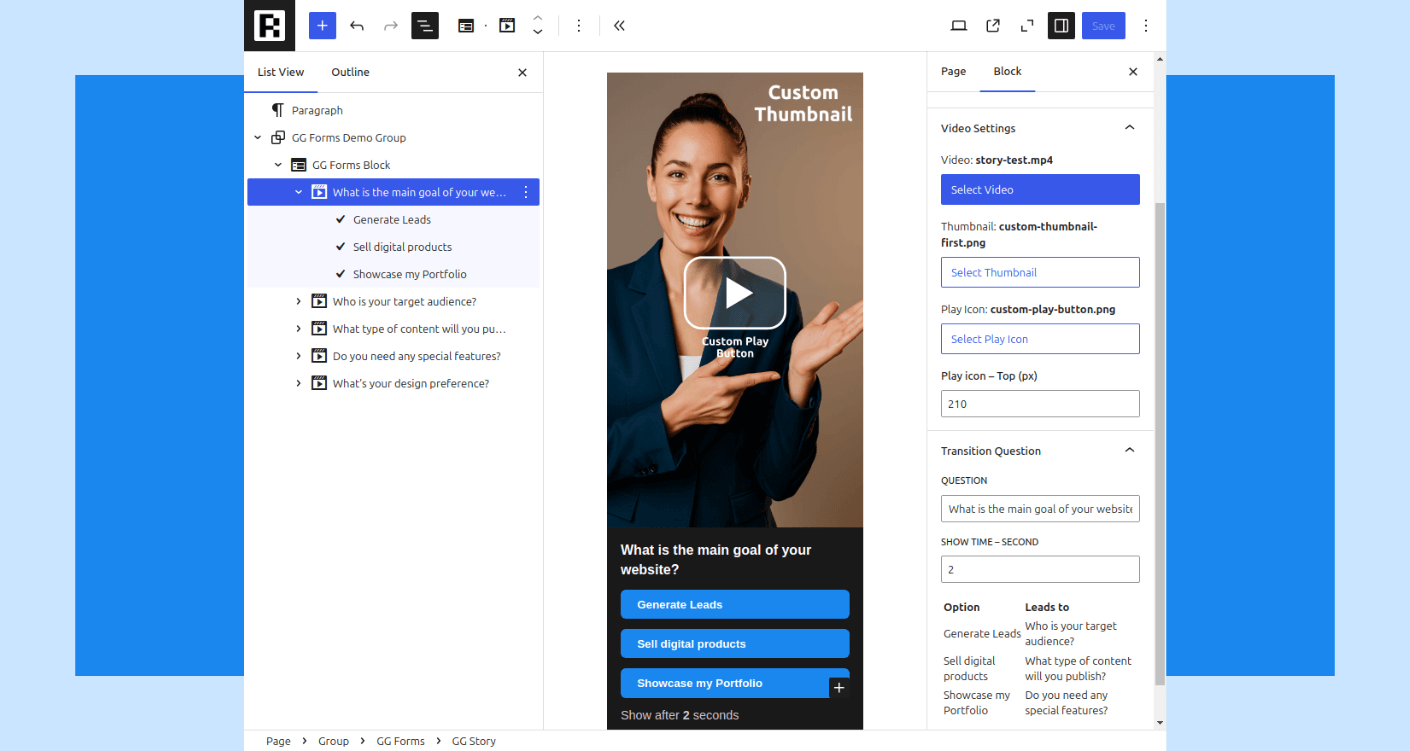
GG Forms
GG Forms is a lightweight and extensible Gutenberg plugin that lets you create interactive stories, quizzes, and multimedia narratives with conditional logic in WordPress.
Sign In with LinkedIn Button – WordPress Plugin
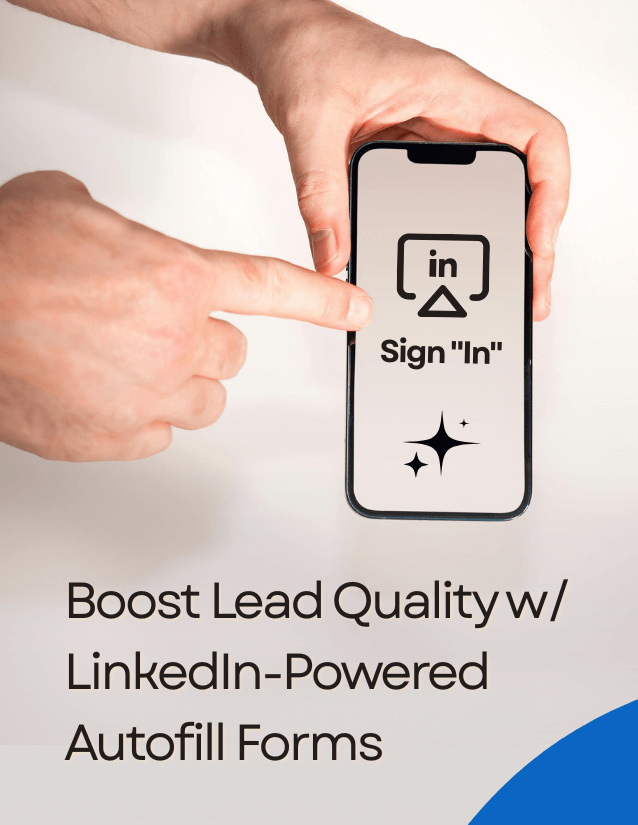
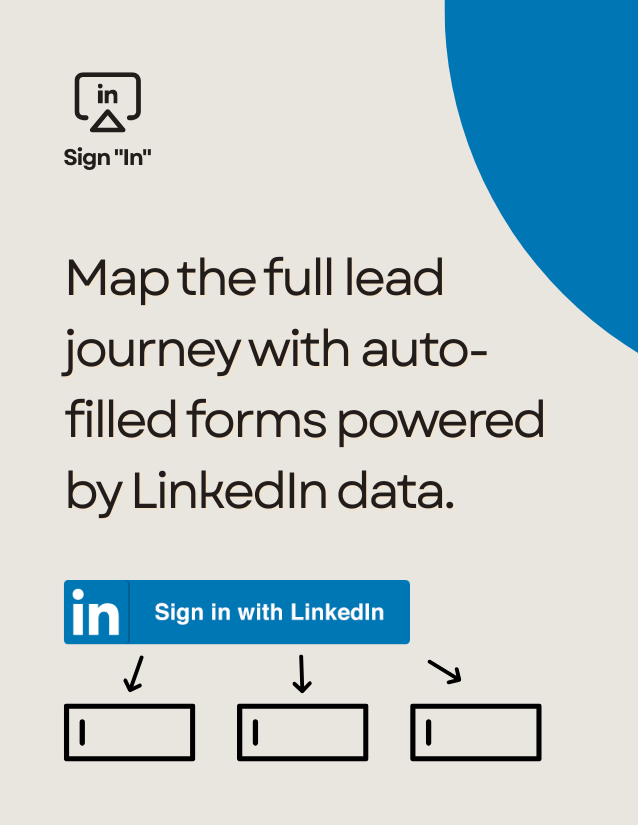
Lightweight WordPress plugin that lets your visitors log in or register using their LinkedIn account. Perfect for gated content, lead capture, or member areas.
Posts
-
Top B2B Software Companies in 2025
In a world where technology evolves at lightning speed, choosing the right B2B software companies to partner with can make or break a…
-
LinkedIn Lead Capture WordPress Plugin
Introducing LinkedIn Lead Capture, the plug‑and‑play solution that instantly boosts your lead-generation game. With just a few clicks, your site visitors can seamlessly…
-
Hello world!
Welcome to Rafy. This is your first post. Edit or delete it, then start writing!
What do you need to know about us?
What is a B2B software company?
A B2B software company (Business-to-Business) develops and sells software solutions tailored to other businesses rather than individual consumers. These solutions often include tools for CRM, ERP, automation, analytics, and industry-specific applications. Their goal is to enhance operational efficiency and support strategic goals across business operations.
How do B2B software solutions integrate with existing systems?
Integration is a complex but crucial concern. Prospective buyers often ask: “How easily can your platform integrate with our existing CRM, ERP, or other systems?” They need clear answers on compatibility, API capabilities, middleware support, and data flow design. vivun.com
3. How scalable and future-proof is the software?
Scalability and long-term adaptability are decisive factors. Companies want to know if the solution can grow with them without needing a disruptive overhaul. Vendors must clarify scalability architecture, modularity, and provide a product roadmap to reassure customers. Zigpoll
4. How secure is your platform and do you comply with data regulations?
Data security and regulatory compliance (like GDPR, HIPAA, SOC2) are non-negotiable. Clients want to understand encryption measures, audit frequency, certification, disaster recovery, and how the software protects sensitive data. vivun.com, Zigpoll and Involve.me
5. What ROI can I expect from using your software?
Proving return on investment is critical. Buyers ask: “How much ROI should I expect after deploying your product?” Best practices include sharing case studies, testimonials, and offering free trials or references to help prospects assess real-world value.
How to Master B2B Demand Generation and Drive Sustainable Growth [2025]
Time: 5 minutes
B2B Demand Generation is more than lead generation, it’s about building awareness, trust, and long-term demand for your solutions. In this guide, you’ll learn practical steps to design a strategy that attracts qualified leads and converts them into loyal customers.
- Define Your Ideal Customer Profile (ICP)
Start by identifying who your ideal clients are. A well-defined ICP helps you focus efforts on the right audience and avoid wasted resources.
- Build a Data-Driven Content Strategy
Create valuable content that addresses your audience’s pain points. Blog posts, case studies, and webinars are excellent tools for B2B Demand Generation.
- Leverage Multi-Channel Campaigns
Use a mix of channels — SEO, LinkedIn, email marketing, and paid ads — to reach prospects at different stages of the buyer’s journey.
- Align Sales and Marketing Teams
Demand generation works best when sales and marketing collaborate. Share insights, define KPIs together, and streamline lead handoff.
- Measure, Optimize, and Scale
Track metrics like Cost per Lead (CPL), Marketing Qualified Leads (MQLs), and pipeline velocity. Use this data to continuously improve campaigns.
Mastering B2B Demand Generation requires a blend of strategy, creativity, and data. By following these steps, your company can generate qualified demand, improve conversions, and achieve sustainable growth.

